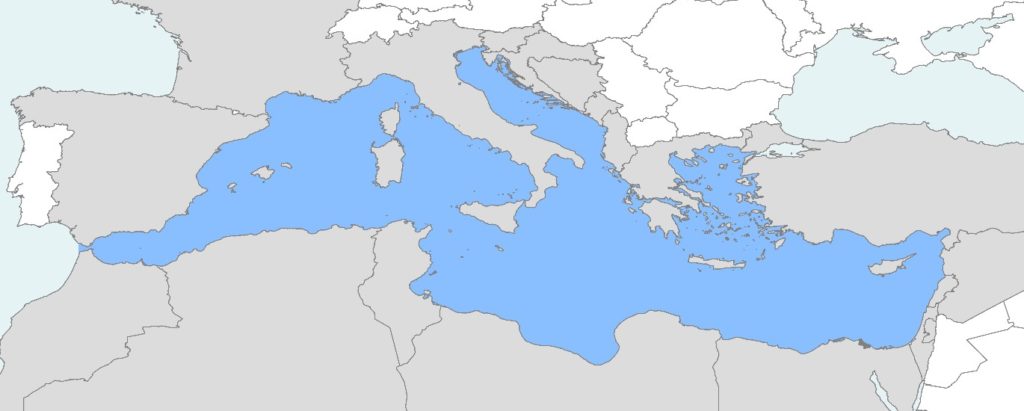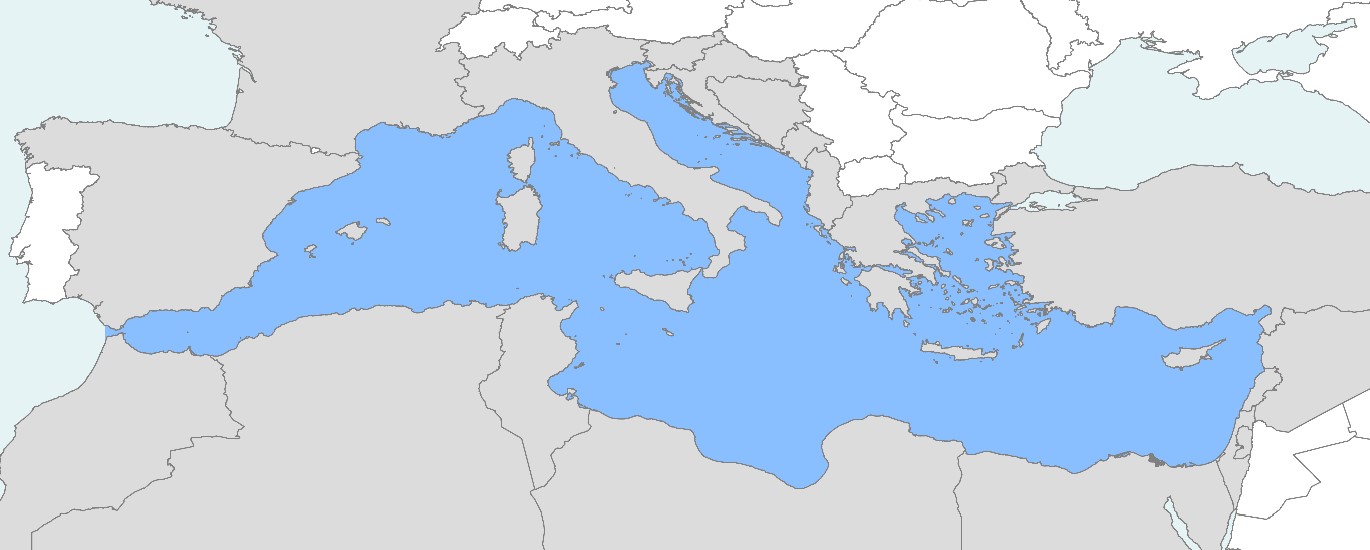A strongly supported submission to MEPC 78 argues for a Mediterranean Sulphur Emission Control Area. Fathom pulls out the key figures in favour.
With about 100 million inhabitants living across 1,600 coastal cities, it seems a surprising oversight that the Mediterranean was not among the first Emission Control Areas (ECAs) when IMO introduced tighter SOx limits in specific areas in 2007. By comparison the Baltic Sea, the first ECA-protected area, has a coastal population of just 85 million. For a measure intended to tackle acid rain and public health concerns, it seems a missed opportunity.
Perhaps it was because the Mediterranean is the entry/exit point to the Suez Canal, meaning any measure would affect around 19,000 ships a year – 12% of global trade and 30% of all container traffic. Or because of its big cruise industry; 31.5 million cruise passengers visited the 72 Mediterranean ports (the MedCruise membership network) during 13,600 port calls in 2019.
Measures that could threaten higher costs for ships might have scared regional governments relying on the economic boon that trade brings. But governmental consensus for an ECA finally emerged at the UN Framework Convention on Climate Change Conference of Parties (COP) in 2016, with the measure due in force from 2025.
The IMO must implement the regulation, and a proposal to the next meeting of the Marine Environmental Protection Committee, to be held this month, aims to officially give it that task. The joint submission has gained support far beyond the 21 countries bordering the sea, with 41 IMO member states proposing the new ECA. The supporting arguments consider the costs of implementing the measure against the economic impact of the advantages it will bring.
 The proposed ara of the Mediterranean ECA and signatories to the agreement at COP22
The proposed ara of the Mediterranean ECA and signatories to the agreement at COP22Saving lives on the coast and beyond
The impact of air pollution goes beyond the immediate coastline. The submission notes that 507 million people in the wider Mediterranean live in areas with air pollution at levels exceeding respective national ambient air quality standards or levels which are unhealthy according to the World Health Organization.
Estimating the impact of shipping emissions on health is a complex calculation. Emissions would be cut considerably, with a 95% net reduction in SOX and a 62% net reduction in particulate matter. Analysis conducted for the submission anticipates that reducing the fuel sulphur limit for vessels to 0.10% from its current 0.50% would stop more than 1,000 premature deaths a year – mainly from cardiovascular disease and lung cancer – and prevent more than 2,000 hospitalisations from childhood asthma.
Through an even more complex calculation, the coldly titled ‘value of a statistical life’ (VSL), economists can place estimate the economic benefit the ECA would bring in health benefits alone. Under the Marpol VI 0.5% sulphur limit, VSL across Mediterranean counties is US$1.094 million. Under an ECA regime it would be US$724,000 higher. Multiplied across the 500 million-plus inhabitants of the region, the dollar value reaches more than US$39 billion.
The co-sponsors’ analysis estimates the cost to shipping of complying with the regulation will be around US$1.7 billion. That figure is dwarfed by the economic advantages, and the sponsors note that the compliance cost will inevitably be passed on to end consumers via marginally increased transport costs.
Nearly 20 years on from the IMO decisions on the first sulphur ECA’s, the mathematics underlying a protected area in the Mediterranean seem inevitable. But the final test will be MEPC78 this month, where all decisions need to score 100% consensus to pass.
































